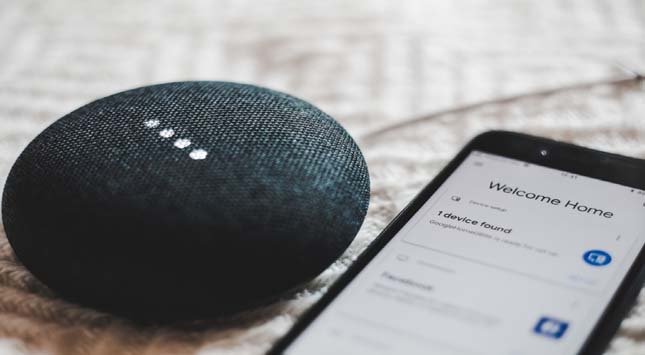Some decades ago, turning on the TV and lights using only your voice and unlocking the door with your fingerprint was merely a thing of futuristic Sci-Fi movies like Back to the Future.
Today, all of that and more is perfectly feasible, as smart homes have become a present-day reality.
The emergence of the Internet of Things has brought on countless possibilities, as it made it possible to connect devices to each other and subsequently control them.
However, since technology keeps evolving at an expeditious rate, it is difficult to avoid investing in technologies that will soon become obsolete. To help you future-proof your smart home as much as possible, we have made a list of the top emerging house technologies.
Smart Home Hubs
There are some major downsides that come with Wi-Fi-based smart tech, some of them being security risks and Wi-Fi congestion. For that reason, many devices operate on different protocols, such as Zigbee and Z-wave.
Unfortunately, this leads to another issue, as having gadgets running on distinct protocols eliminates their ability to connect to each other. Even devices of the same protocol can display these problems, due to having different manufacturers.
Therefore, in order to solve the issue of your smart things “speaking different languages”, you can invest in a smart home hub. This will enable communication across your Wi-Fi, Bluetooth, Zigbee, Z-wave, and other devices, thus taking your home automation to the next level.
Smart Home Control Panels
Having a well-equipped smart home most often implies having a plethora of apps on your smartphone to enable you to control all your smart home gadgets. If you’re not tech-savvy, you may find solutions such as the Home Assistant application too complicated to set up.

To avoid this hassle, you may want to turn to your voice assistant.
However, this option is not always available, as not all devices are compatible with all assistants, and you would have to have them cover each part of your living space. What is more, having a dashboard on your wall means that you have access to your devices even when you can’t find your smartphone.
Smart Security Systems
Security systems have been around for a long time. A reliable security system is a necessary means to protect our homes from intruders and allow us to feel safe and carefree.
However, with the constant development of smart security systems, their application has extended beyond simple trespass prevention. For example, your system can now alert you if you left a window open or forgot to lock the front door.
Artificial intelligence-based smart cameras can distinguish between different objects and offer facial recognition, in order not to shower you with unnecessary alerts. Smart intercoms allow for seamless remote communication within the home and monitoring of young children.

Smart intercoms with a doorbell camera allow you to see and communicate with visitors through your phone or tablet before you let them in. Furthermore, for parents, there are features that can allow them to have at least some peace of mind when the teenagers are home alone, such as receiving a notification when they arrive.
Due to Wi-Fi capabilities, you can access your smart cameras remotely. Therefore, for a secure future-proof smart home, it’s time to equip your home with a brand-new smart security system. You can start by picking out a convenient smart home system kit, which features smart cameras, a passive infrared (PIR) sensor compatible with voice assistants, an alarm, door and window sensors, and smart plugs.
Actively Smart Home Devices
Although passive home automation systems certainly help make our lives easier, actively intelligent AI-powered devices are on the rise because they offer even more comfort. The downside of passive automation is that you need to configure the desired settings yourself.
For example, you can set up your thermostat to turn up the heat an hour before your alarm clock goes off. With the help of AI, devices can learn by detecting patterns in the user’s behavior and personalize the settings accordingly.
A thermostat based on this technology, with the help of sensors, can set up the temperature in a way that saves energy when no one is home and estimate the desired temperature when someone is there. Therefore, as technology continues to impact our homes and lives, for a future-oriented living space, you might want to consider incorporating this kind of tech.
Wrapping Up
All in all, it has become crystal clear that smart homes are becoming more than a luxury. In today’s day and age, in conversations about future-proofing a home, “smartifying” it inevitably pops up. As you’ve seen, it is not enough to buy devices that have fancy features.
Apart from looking at it from a practical standpoint, it’s essential to ensure your new home equipment won’t be obsolete and useless in two or three years.
Therefore, when contemplating your purchase, you need to observe the trends and think about the direction in which tech is currently going.
By Mike Johnston

